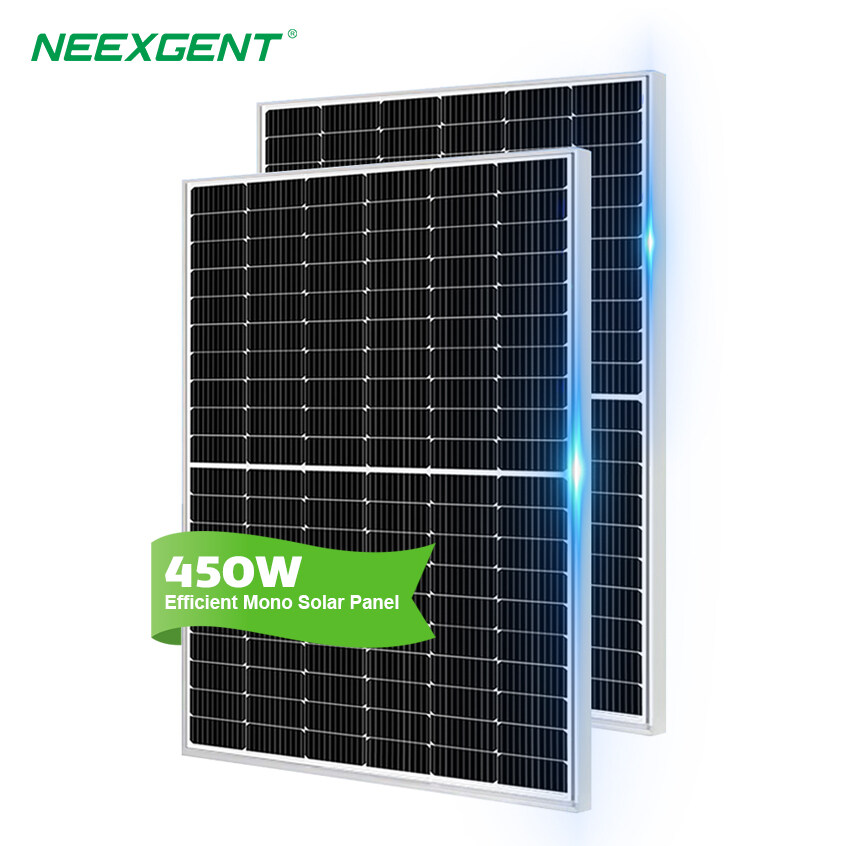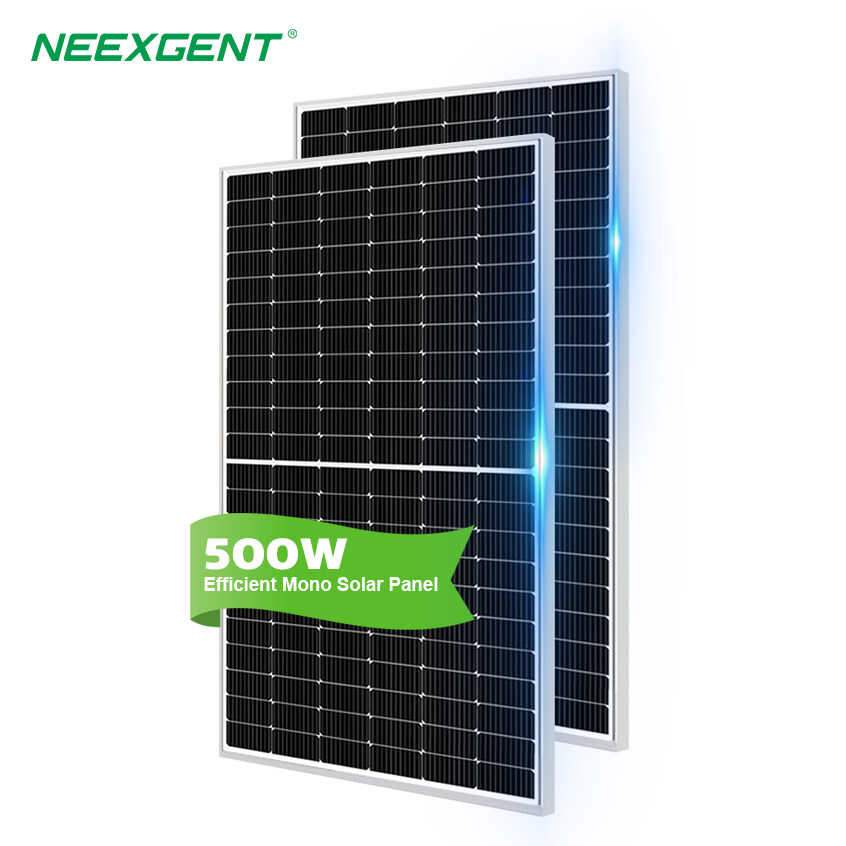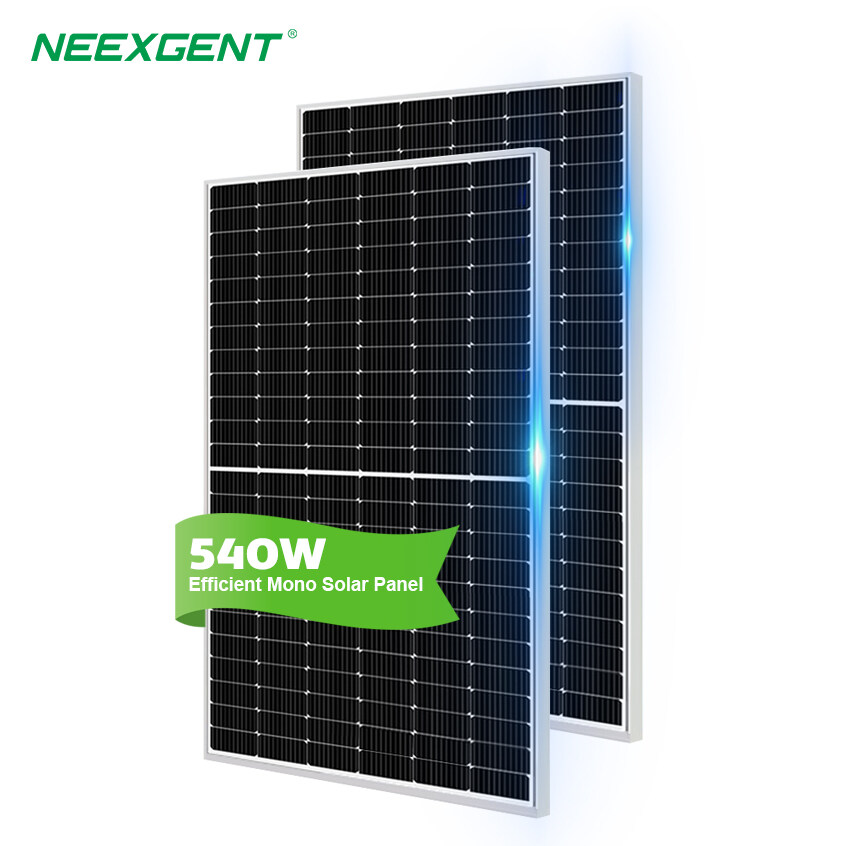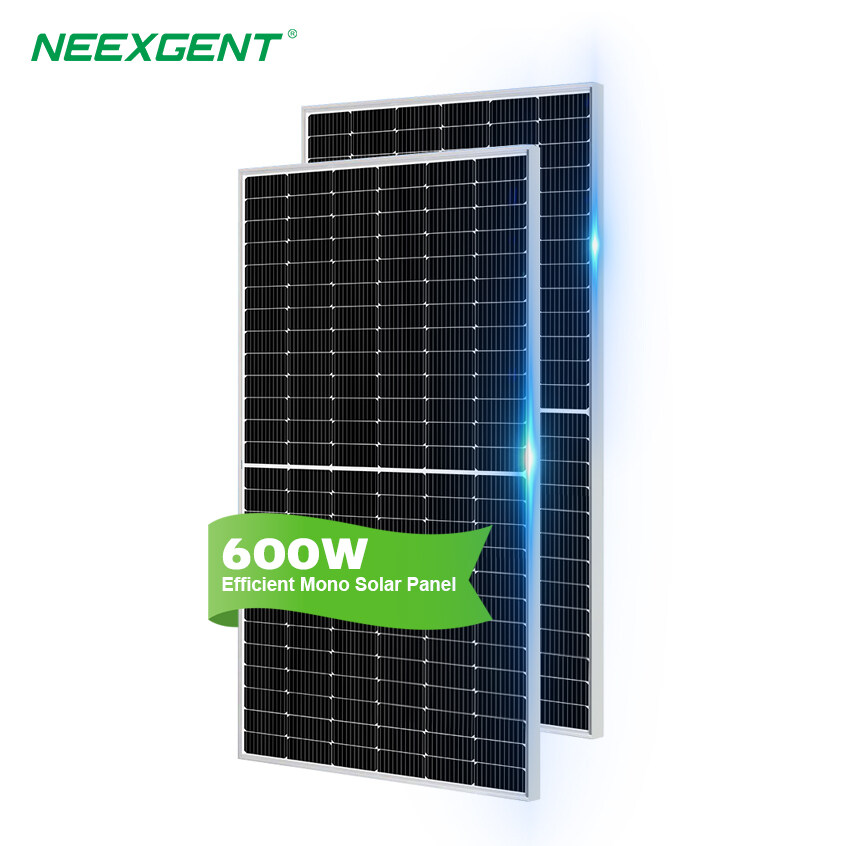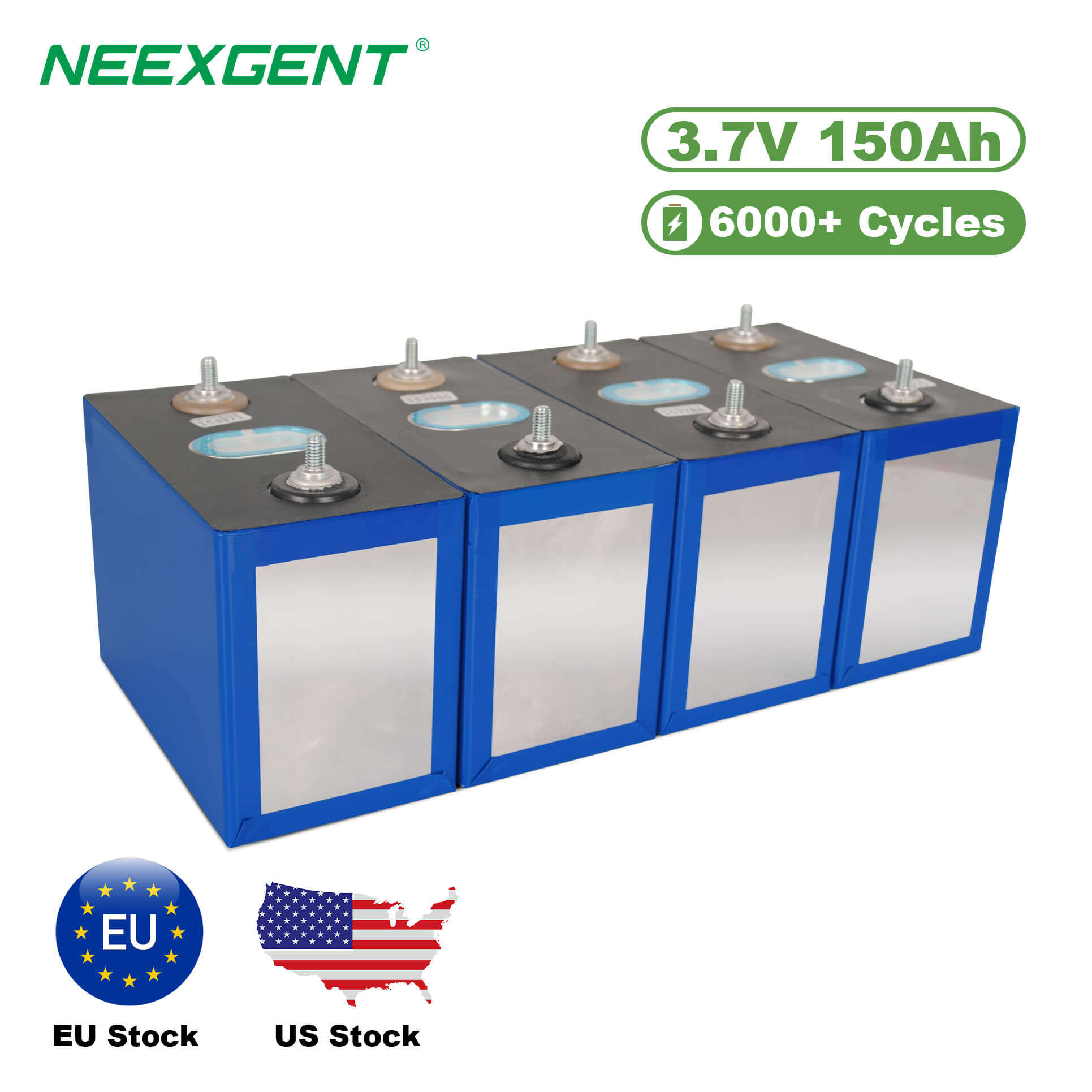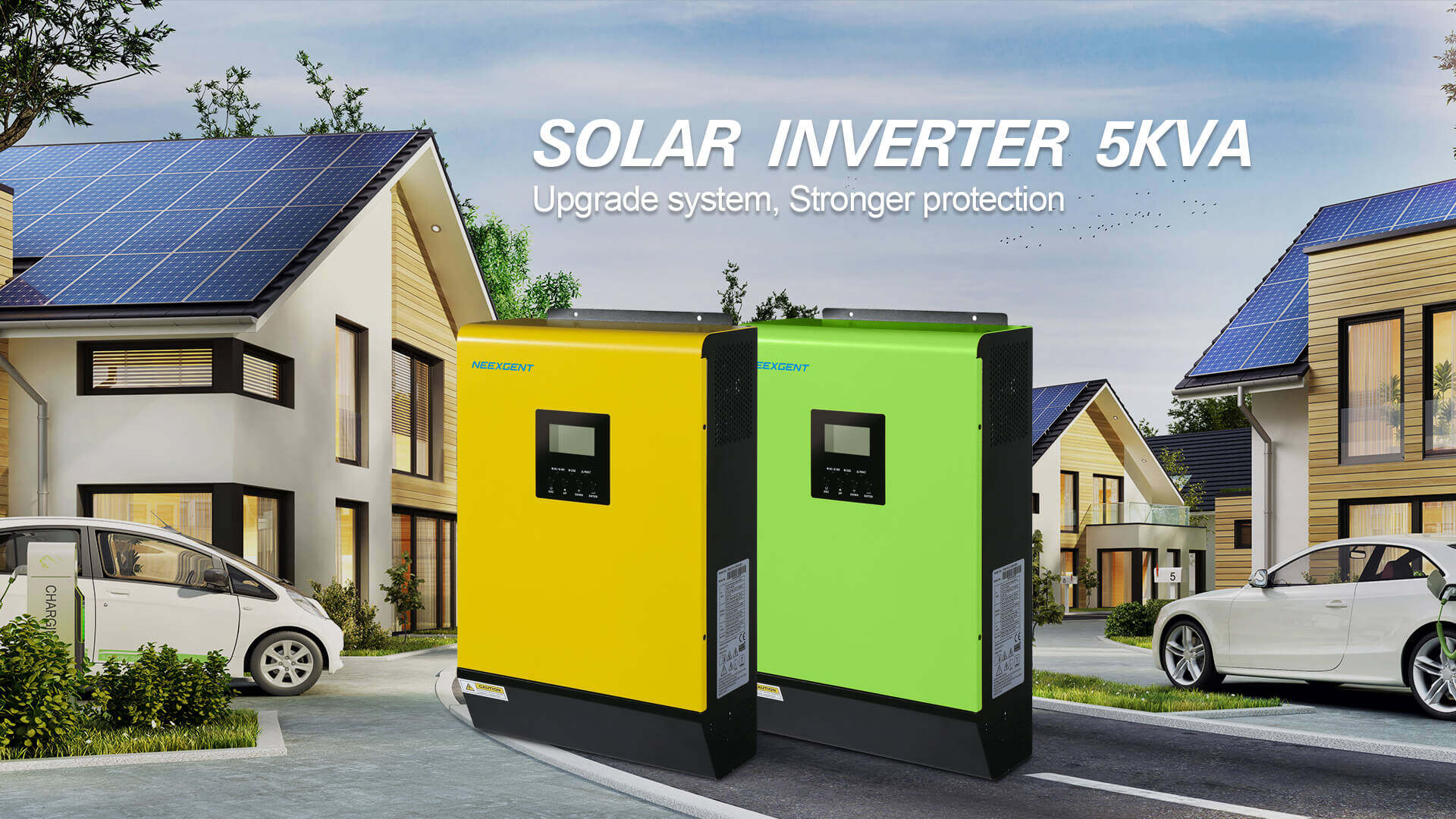
Solar power inverters are devices that convert the DC output of solar panels into AC power that can be used by homes and businesses. Solar inverters are an important part of any solar power system and are available in a variety of types, including standalone, grid-tie, and hybrid.
Standalone solarinvertersaredesigned to operate independently of the grid, while grid-tie solar inverters are designed to work in conjunction with the grid. Hybrid solar inverters can operate either standalone or grid-tie, making them a versatile option for those who want the flexibility to use solar power both on and off the grid.
Solar inverters come in a variety of power ratings, depending on the size of the system they are being used in. Small solar inverters typically have ratings of 1,000 watts or less, while large solar inverters can have ratings of 10,000 watts or more. It is important to choose an inverter that is appropriately sized for the system it will be powering.
There are a variety of different types of solar inverters available on the market today. The most common types are listed below.
Stand-Alone Solar Inverters
Stand-alone solar inverters are designed to operate independently of the grid, making them ideal for use in off-grid
typically used in remote areas or for backup power applications. They are not connected to the grid and must have a battery to store energy for use when the sun is not shining.
Grid-tie solarinverters are connected to the grid and can sell excess power back to the utility company. They also use a battery to store energy for use when the sun is not shining.
Hybrid solarinverters are a combination of standalone and grid-tie solarinverters. They can be used in either grid-tie or backup applications.
are used to power a single home or business, grid-tie solar inverters are used to connect a solar power system to the grid, and hybrid solar inverters can function as both standalone and grid-tie inverters.
Solar inverters come in a variety of power ratings, depending on the size of the system they are powering. Smaller solar inverters typically have power ratings of 1,000 watts or less, while larger solar inverters can have ratings of 10,000 watts or more.
There are a variety of factors to consider when choosing a solar inverter, including the type of inverter, the power rating, and the features offered. It is important to choose an inverter that is compatible with the solar panels and the wiring of the system.The power rating should be appropriate for the size of the system, and the features offered should meet the needs of the system owner.
When sizing a solar inverter, it is important to consider the wattage of the solar panels and the wattage requirements of the load. The solar inverter should be sized to handle the combinedwattage of the solar panels and the load.Solar inverters come in a variety of sizes, and the size of the solar inverter is typically determined by the wattage of the solar panels. For example, a solar inverter that is rated for a 10 kW system would be appropriate for a system with 10 kW of solar panels.
It is important to size the solar inverter to handle the wattage of the load, as well as the solar panels. A solar inverter that is too small may not be able to handle the load, and a solar inverter that is too large may not be necessary and may result in higher costs.
Inverters are the most basic type of inverter and are typically used in off-grid solar power systems. These inverters are designed to convert DC power from solar panels into AC power that can be used to power appliances and lights. Standalone inverters are not connected to the grid and do not allow for the excess solar power to be exported back to the grid.
Grid-tie solar inverters are used in systems that are connected to the electricity grid. These inverters convert DC power from solar panels into AC power that is fed into the grid. Any excess solar power that is produced is exported back to the grid, resulting in a credit on the customer’s electricity bill.Net metering is an important tool for encouraging the deployment of solar energy systems, as it gives customers an immediate financial return on their investment. It also helps to reduce the cost of solar energy by leveling the playing field with traditional electricity generation sources.
Hybrid solar inverters are the most advanced type of inverter and are designed to work with both off-grid and grid-tie solar power systems. Hybrid inverters are able to convert DC power from solar panels into AC power and can also store excess solar power in batteries. This allows for the solar power to be used even when the grid is down or during a power outage.Grid-tie solar inverters are not able to store solar power. They are only able to convert solar power into AC power that is then sent back to the grid. If the grid is down, grid-tie solar inverters will not be able to produce any power.

